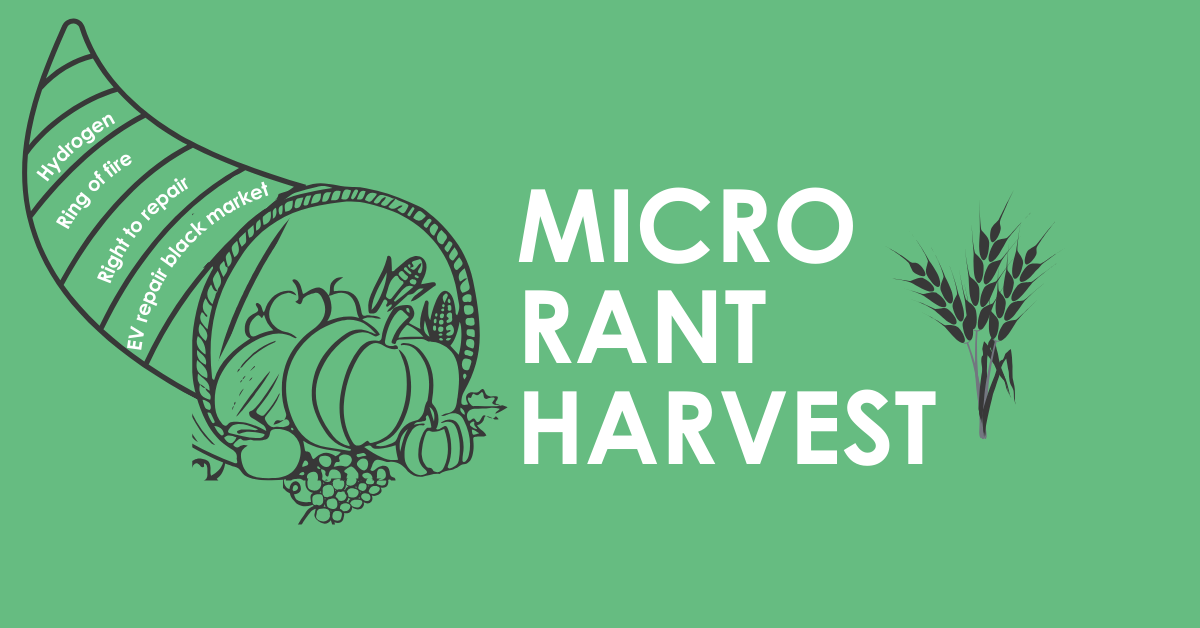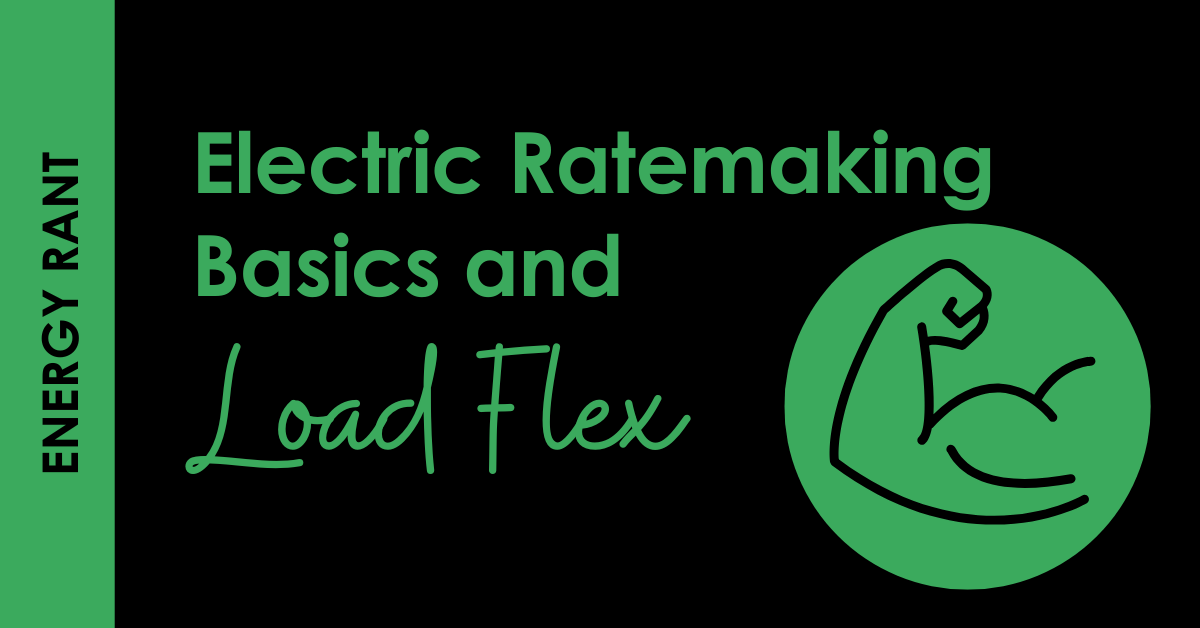
It’s fall, and that means it’s harvest season. So, this week, we’re providing a cornucopia of micro rants and information. I’m Alexa, and I’m Here to Help This headline caught my eye, ‘Alexa, I’m cold’: Government teams up with Amazon for energy saving campaign. The world’s fifth largest company, dominant retailer, data center behemoth, and tech giant partners with the government to use its in-home listening device. What could possibly go wrong? I recommend 1984, the book. EV Repair Black Market The Wall Street Journal reported, via email, that totaled Teslas from Western nations are being shipped to Ukraine and a…
Read More




